Is it sacred to publish more than 30 articles with more than 10 points a month? Answer: RNA methylation . Today, Xiaobian first introduces m6A RNA methylation.
m6A is the most abundant methylation modification of mRNAs in eukaryotic cells, including important aspects such as tissue development, stem cell self-renewal and differentiation, heat shock and DNA damage response, and maternal-to-zygotic transformation. Play an important role in the biological process. As a writer for m6A, MTC (m6A methyltransferase complex, m6A methyltransferase complex, METTL3, METTL14, WTAP and VIRMA to be confirmed, RBM15) can catalyze the methylation process, whereas Eraser (including FTO, ALKBH5) can catalyze Methylation process. The m6A-methylated mRNA is dependent on the Reader protein to recognize the methylation site and thus its stability, cleavage behavior, and protein translation of the target mRNA. Considering the importance of m6A in normal biological processes, the disorder of m6A methylation modification can also lead to the emergence of disease, development and drug resistance. Yunxu Bio brings you the latest m6A research summary, including the latest important research on m6A biological function research. Today, we bring you this series of cancer articles, and review the latest research progress of m6A in cancer field together with you.
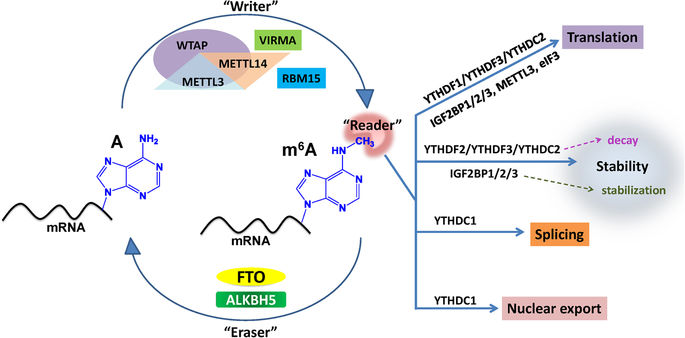
Figure 1: Summary of the m6A modification mechanism (doi:10.1038/s41422-018-0034-6)
1. Cancer Cell: m6A regulates GSC tumorigenicity and cell proliferation system
IF: 27.407, 2017.4.10
Cancer Cell reports on the latest research on the tumor formation and cell proliferation of m6A and GSC (Glioblastoma Stem-like Cells) by the University of Chicago, and ALKBH5 regulates the self-renewal and tumorigenic ability of GSC by regulating the downstream molecule FOXM1 in GSC. Experiments have shown that the high expression of ALKBH5 predicts a poor prognosis in patients with GBM (glioblastoma), the main mechanism is to demethylate the downstream transcript of FOXM1 by the demethylation activity of ALKBH5 to enhance its protein expression. . In addition, the non-coding RNA molecule FOXM1-AS enhances the interaction between the FOXM1 neonatal transcript and ALKBH5, thereby indirectly regulating the self-renewal and proliferation system of GSC. In vitro and in vivo experiments showed that knockout of FOXM1-AS and ALKBH5 can affect the tumorigenicity of GSC associated with FOXM1 molecule. This study revealed the important role of the RNA m6A demethylases ALKBH5 and m6A in glioblastoma.
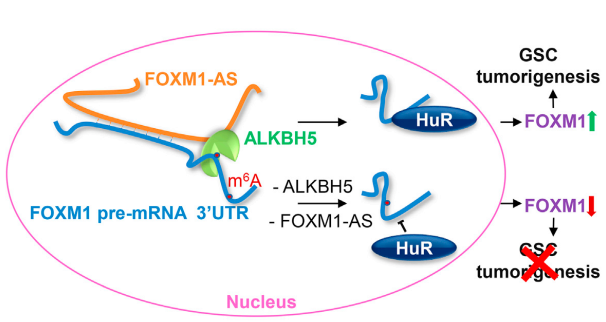
Figure 2 : ALKBH5 regulates the tumorigenic and proliferative system of GSC
2. Cell: FTO/m6A/MYC/CEBPA signaling pathway is a potential target for anti-leukemia
IF: 30.4, 2018.1.11
Also from the team of Professor He Chuan of the University of Chicago, the Cell Journal article reported that R-2HG can target the FTO/m6A/MYC/CEBPA signaling pathway and has anti-leukemia activity. R-2HG can inhibit leukemia cell proliferation and survival, promote cell cycle arrest and apoptosis, and thus R-2HG exhibits anti-leukemia activity in vitro and in vivo. In terms of mechanism, R-2HG can inhibit the activity of FTO (fat mass and obesity-associated protein) protein and up-regulate the overall level of RNA m6A in leukemia cells sensitive to R-2HG, and this methylation level is up-regulated. The MYC/CEBPA transcript is less stable and the associated signaling pathway is inhibited. In general, although the accumulation of R-2HG in IDH1/2 mutant cancer cells can promote the initial development of cancer, this study indicates that R-2HG can still target FTO/ in cancer cells with high FTO expression. The m6A/MYC/CEBPA signaling pathway inhibits the proliferation of leukemia cells and cell viability, thereby demonstrating anti-leukemia activity.
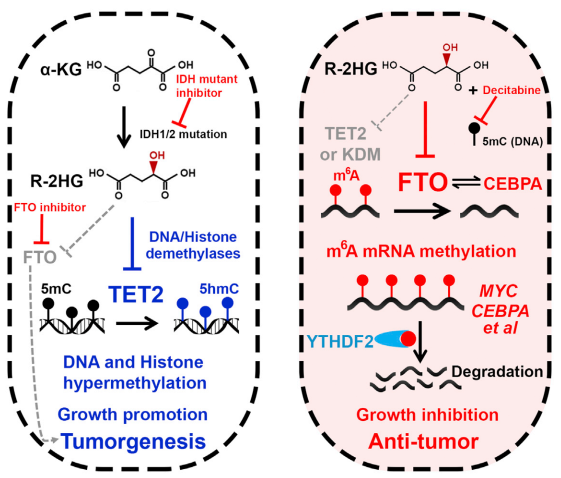
Figure 3: R-2HG can target anti-tumor activity by targeting the FTO/m6A/MYC/CEBPA pathway
3. Cell Reports: m6A regulates GSC self-renewal and tumor differentiation
IF: 8.3, 2017.3.14
Cell Reports magazine published research results from Professor He Chuan of the University of Chicago and the Yanhong Shi team of the Beckman Institute of the United States on the differentiation of m6A methylation-regulated glioblastoma stem cells.
RNA chemical modification plays an important role in biological processes, but the role of RNA m6A modification in cancer and cancer stem cells is still unclear. This article demonstrates that the m6A modification of RNA plays a crucial role in the self-renewal and tumorigenesis of glioblastoma stem cells (GSC), knocking out two RNA methyltransferase complexes. (METTL3 or METTL14) can significantly promote GSC growth and self-renewal and enhance tumorigenicity. In contrast, overexpression of METTL3 or inhibition of RNA demethylase FTO can inhibit GSC growth and self-renewal. In addition, inhibition of FTO can significantly inhibit the development of cancer and prolong the survival cycle of transplanted GSC mice. m6A sequencing showed that knockdown of METTL3 or METTL14 can induce RNA m6A enrichment and change the expression level of gene mRNA (such as ADAM19, EPHA3 and KLF4), and these genes whose expression changes frequently play important biological functions in GSC. This study first described the important role of mRNA m6A related mechanisms in GSC and proposed that m6A is the theoretical basis for potential GSC therapy.

Figure 4: m6A RNA methylation regulates self-renewal and tumorigenicity of GSC
4. Cancer Cell: FTO plays the role of proto-oncogene in AML
IF: 26.7, 2017.1.9
Professor He Chuan and Professor Chen Jianjun of the University of Chicago collaborated to elucidate the role of demethylase FTO in the development of acute myeloid leukemia (AML). As the first RNA demethylase to be discovered, FTO can regulate the demethylation of target mRNA. Previous studies have shown that FTO can regulate dopaminergic neuronal signal transduction and fat-related regulation during lipogenesis. Factor mRNA cleavage pattern. However, as an RNA demethylase, the important role of FTO in the development of cancer has not been studied in depth. AML is one of the most deadly hematological malignancies. It is difficult to treat. Standard chemotherapy can only make a part of AML patients (35%-40% less than 60 years old and 5%-15% older than 60 years old) The survival period is more than 5 years. Finding effective targeted therapies for AML treatment is extremely important, and this depends on a deep understanding of AML drug response and molecular mechanisms. Studies have shown that FTO is highly expressed in AML with t(11q23)/MLL gene rearrangement, t(15;17)/PML-RARA, FLT3-ITD and NPM1 mutations. FTO can enhance leukemia proto-oncogene-mediated cell transformation, and down-regulate mRNA m6A methylation level to regulate the expression of target proteins (such as ASB2, RARA) to inhibit ATRA (all-trans-retinoic acid)-induced AML cell differentiation. . This study demonstrates the important biological functions of m6A methylation, regulates the expression of cancer-associated proteins, and provides more therapeutic evidence for leukemia treatment and drug therapy response.
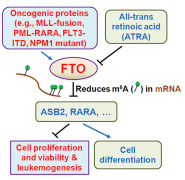
5. HEPATOLOGY: METTL14 inhibits liver cancer cell metastasis
IF: 13.246, 2016.10.24
The Sun Shuhan group of Shanghai Second Military Medical University published an article in which METTL14 inhibited the metastasis of hepatoma cells. In this study, the researchers used 20 low-throughput qPCR methods for male and female liver cancer samples to detect the expression of known RNA methylase and demethylase, and found that methyltransferase METTL14 was significantly down-regulated in liver cancer. On the one hand, METTL14 down-regulation can cause liver cancer metastasis, on the other hand, METTL14 knockout leads to enhanced HCC metastasis. This study demonstrates that m6A modification is a decrease in the level of liver cancer cells, especially metastatic liver cancer cells, and METTL14 is the dominant factor in abnormal m6A levels. In addition, METTL14 down-regulation is a poor prognostic factor for non-relapsing liver cancer cells, and in vivo and in vitro experiments have been shown to be significantly associated with tumor metastasis. Studies have confirmed that METTL14 and DGCR8 interact to positively regulate the expression of initial microRNA 126 in a manner that is dependent on m6A, whereas microRNA 126 can inhibit METTL14 during tumor metastasis.
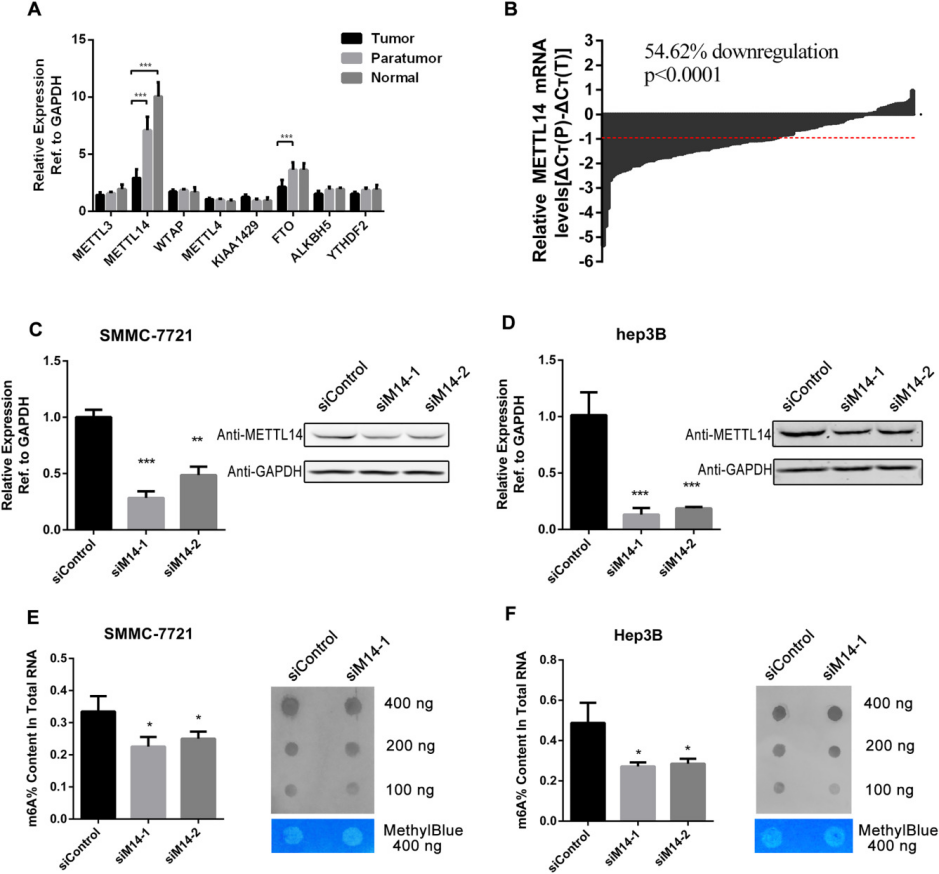
Figure 6: METTL14 inhibits liver cancer cell metastasis
6. Cell Stem Cell: METTL14 is essential for the development of AML disease
IF: 23.394, 2018.2.1
Professor Chen Jianjun, a Chinese scientist at the University of Cincinnati, studied the important role of m6A methylation in leukemia. Studies have shown that METTL14 is high in normal HSPCs (hematopoietic stem/progenitor cells) and in AML (acute myeloid leukemia) cells with proto-oncogene fusion protein t(11q34), t(15;17) or t(8;21) Expression, down-regulated during bone marrow differentiation. Silencing METTL4 promotes cell terminal myeloid differentiation of normal HSPCs and AMLs and inhibits AML cell turnover and proliferation. Mechanistically, METTL14 regulates target genes (eg, MYB, MYC) through m6A modification to exert carcinogenic effects, but METTL14 protein itself is negatively regulated by SPI1. In conclusion, the study revealed the role of the SPI1-METTL1-MYB signaling system in myeloid cells and leukemia, and highlighted the critical role of METTL14 in regulating m6A modification in normal and malignant hematopoiesis.
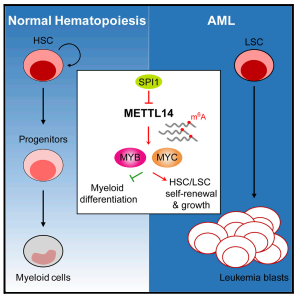
Figure 7: The important role of the SP1-METTL14-MYB/MYC signal axis in the development of leukemia
7. Nature Medicine: METTL3 regulates myeloid differentiation of normal hematopoietic stem cells and leukemia cells
IF: 29.886, 2017.9.18
A recent study from the research team at Cornell R Jaffrey of Cornell University showed that METTL3 regulates myeloid differentiation of normal hematopoietic stem cells and leukemia cells. Although m6A is a highly abundant mRNA methylation modification, whether m6A can regulate normal and the differentiation process of malignant bone marrow hematopoietic stem cells is unknown. This study demonstrates that knockdown of METTL3 in HSPC (human hematopoietic stem/precursor cells) by shRNA promotes cell differentiation and is accompanied by downregulation of cell proliferation activity. Conversely, overexpression of METTL3 inhibits cell differentiation and promotes cell proliferation. The expression of METTL3 mRNA and protein in acute myeloid leukemia (AML) cells was significantly higher than that in HSPCs and other tumor cells. In addition, knockdown of METTL3 in mice can delay the progression of leukemia, and knockdown of METTL3 in human myeloid leukemia cell lines can induce cell differentiation and apoptosis. Single-base-resolved high-throughput sequencing revealed that m6A upregulates mRNA levels of c-MYC, BCL2, and PTEN genes in the human acute myeloid leukemia MOLM-13 cell line. Overall, this study provides more evidence that METTL3 can serve as a potential target for myeloid leukemia treatment.
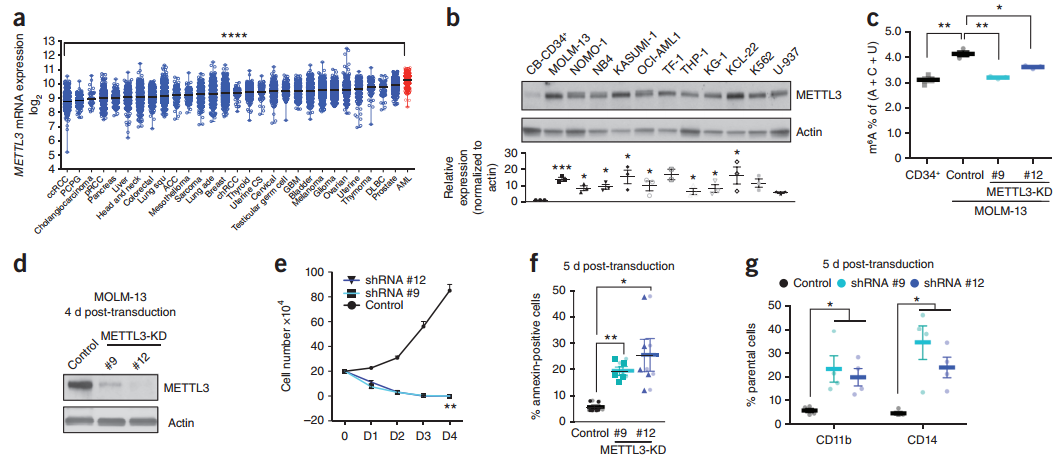
Figure 8: M6A methylation can promote leukemia
Cloud Sequence Biological RNA Methylation Service Advantages:
The only company that has published a 10 or more RNA methylation article!
The only company that offers three types of RNA methylation sequencing services!
The only company that offers a systematic solution for RNA methylation!
The only company that offers non-coding RNA methylation sequencing services!
Cloud order biology related recommendations:
m6A MeRIP-seq sequencing
m5C Bis-seq sequencing
m1A MeRIP-seq sequencing
Rip sequencing
RNA pulldown
Shanghai Yunxu Biological Technology Co., Ltd.
Shanghai Cloud-seq Biotech Co.,Ltd 
Address: Lane 1066, Qinzhou North Road, Caohejing High-tech Development Zone, Shanghai
Phone: 021-64878766
Website:
mailbox:
Colorful Mottled Waxy Corn is generally white, yellow, red, purple and black, with white, yellow and Black Waxy Corn being the basic colours. The purple gene of a purple-white cross naturally becomes purple if it "beats" the white gene, and vice versa, so if the two make a tie, we see white and purple corn. Purple can turn into red and Fresh Black Corn, or as we often say, "red is purple and black is purple". Of these Mottled Waxy Corn, the most common Yellow Waxy Corn is the most nutritious, as it is rich in carotenoids.


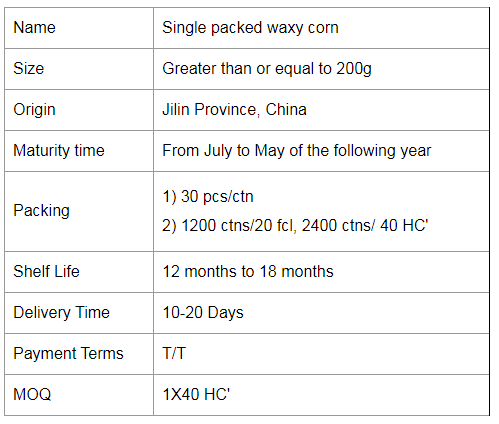
Purple Waxy Corn,Single Packed Waxy Corn,Single Packed Black Waxy Corn,Single Packed Purple Waxy Corn
Jilin Province Argricultural Sister-in-law Food Co., Ltd. , https://www.nongsaocorn.com